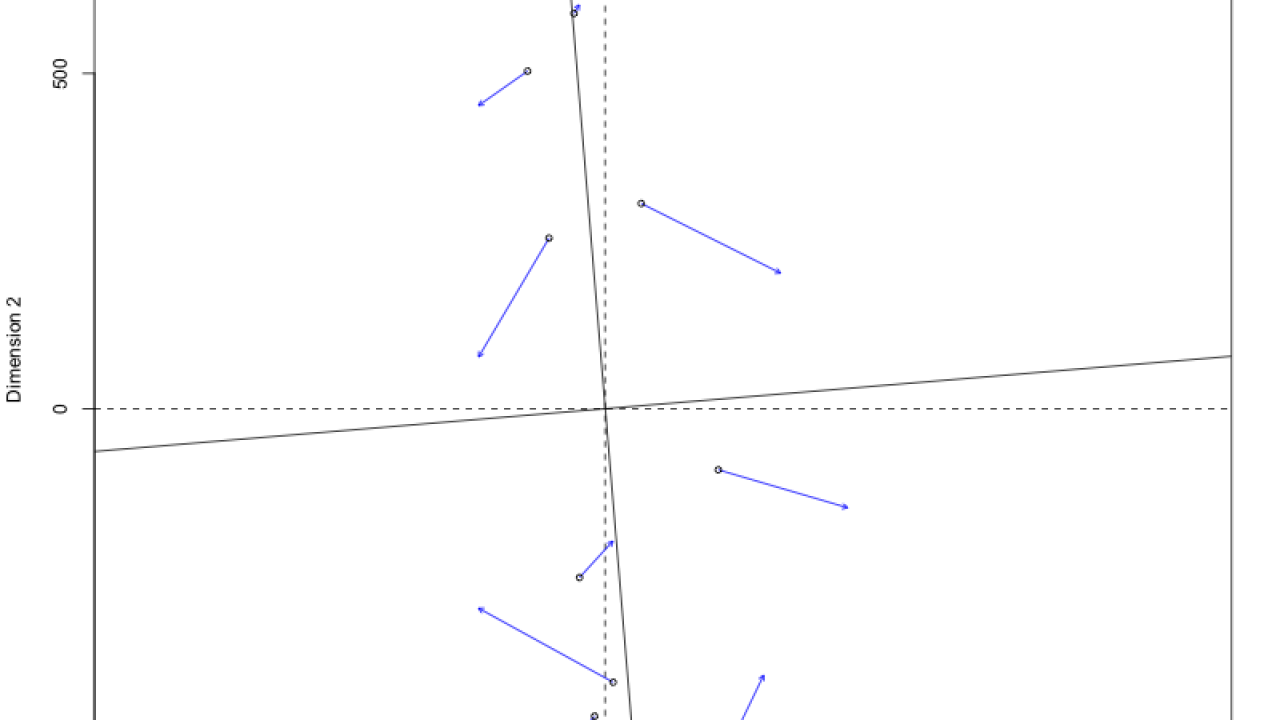
Jordan (JC) Crowley Presents at MaTiPS Conference at University of Alberta
JC was accepted to present at the conference "Methods and Techniques in Phonetic Science" back in August and officially gave his presentation this weekend (October 17 - 19, 2025). His presentation was titled "An Evaluation of Seminal Vowel Space Models Using Real-World Acoustic Data." In his talk, he explained some of the methodological challenges faced by Liljencrants & Lindblom (1972) in their work on predicting how vowel spaces are affected by vowel inventory size. Where the original study relies on phonological descriptive features of vowels, JC used acoustic and formant data to come to more solidified conclusions. He gathered data from 20 languages that had variable numbers of vowels and performed Procrustes analyses to assess the similarity between L&L's predicted vowel outputs and what actually constitutes the typological facts that we observe in the world's languages today.
If you have questions, please reach out to him; he would love to talk about it!
More information on the conference itself is below.
Methods and Techniques in Phonetic Sciences (MaTiPS) is a new conference that provides a forum for methodological research in phonetic sciences. In this field, our questions originate principally in the humanities and social sciences. On the other hand, our methods are based on observation of human behavior and human interaction. With this in mind, MaTiPS participants present work in any of the following or more focuses, which are meant to be inclusive of all forms of human communication.
- Methods that involve measurements of human language production and/or its perceivable results and related phenomena transmitted through any modality including acoustic, visual, or tactile systems.
- Combination methods - e.g. acoustic measurements with neurophysiological data, or methodological triangulation using different articulatory measurement systems - is encouraged.
- Related phenomena include singing, paralinguistic communication, and other relevant phenomena.
- Best practices in topics such as the dissemination of phonetic methodology in data processing, outreach, community work (including working with marginalized and under resourced communities), and teaching.
